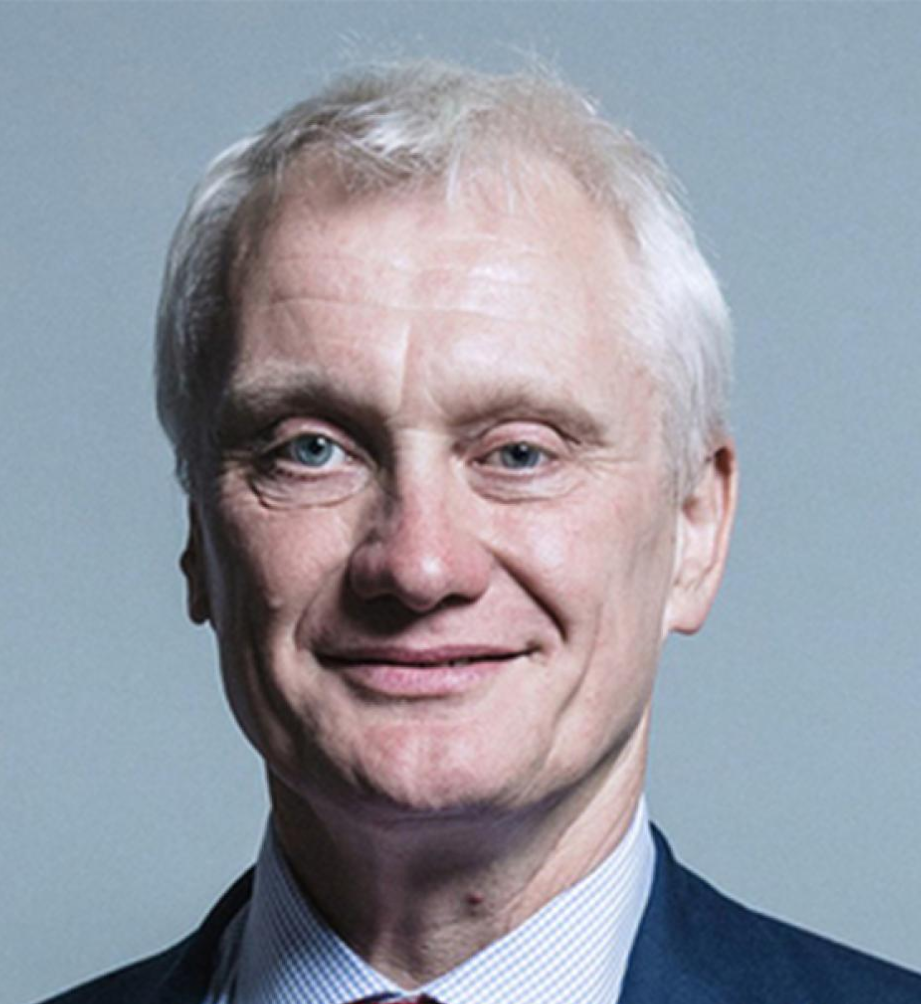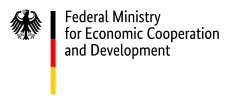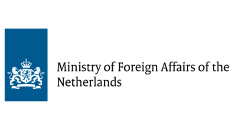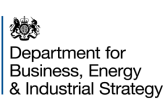Letter from Co-chairs
Dr. Jeanne d’Arc Mujawamariya
Minister of Environment of the Republic of Rwanda
Graham Stuart MP
Minister of State in the Department of Energy Security and Net Zero, United Kingdom
This year’s Partnership in Action report showcases the meaningful steps countries are taking to mitigate and adapt to the adverse effects of climate change, and captures the catalytic role the Partnership plays in driving climate action.
But these success stories are presented in the context of the increasing frequency and severity of climate events, concerning trends and persistent gaps between projected emissions and international goals. September 2023 was 1.75°C warmer than the average global temperature in pre-industrial times. At the time of writing, 2023 is on track to be the hottest year in recorded history. The latest IPCC report, released in March 2023, served as a “final warning” that drastic action must be taken right now to hit the targets set out in the Paris Climate Agreement and thus avert global climate catastrophes.
Despite this immense challenge, it is clear that the world is taking action. The successes showcased in this report serve as an important reminder that collectively we are making progress, and these successes can and must be built on. While conditions are tough, we have a wealth of practical solutions and significant financial commitments to implement meaningful climate action. 2023 is the year of the first Global Stocktake, which is the most comprehensive assessment and analysis of climate action taken to date. Though it will not be completed officially until the UNFCCC’s COP28 in December 2023, a synthesis report of its key findings was released in September. The synthesis presents a roadmap that the world needs to follow to achieve the goals in the Paris Agreement.
The Partnership is uniquely placed to address many of the issues highlighted in the synthesis report. Since its founding, the Partnership, through its more than 200 members, has worked collectively to raise mitigation and adaptation ambition, link climate to development priorities, map out realistic and inclusive implementation plans, and enhance access to attract climate finance. And as this report demonstrates, the Partnership’s model directly provides solutions to many of the concerns and gaps-in-action raised in the synthesis report.
This includes our commitment to capacity building. The synthesis report stresses “capacity-building is foundational to achieving broad-ranging and sustained climate action and requires effective country-led and needs-based cooperation to ensure capacities are enhanced and retained over time at all levels.”
This report, and the stories contained within, is broken down into four main sections, and a focus on capacity building in the context of climate finance is the first. Countries are strengthening their institutional arrangements and multi-stakeholder engagement processes, as can be seen in the Partnership’s engagement in Panama and with its Central Banks Initiative.
Another key finding from the stocktake synthesis report is “making finance flows – international and domestic, public and private – consistent with a pathway towards low GHG emissions and climate-resilient development entails creating opportunities to unlock trillions of dollars and shift investments to climate action across scales.” Opportunities for financing mitigation and adaptation can be enhanced by enabling conditions and overcoming constraints, well reflected in the second component of this report with its focus on needs identification and prioritization. Investment planning activities in Antigua & Barbuda and Zimbabwe exemplify this potential.
The synthesis report calls for “strategically deploying international public finance, which remains a prime enabler for action, and continuing to enhance effectiveness, including access, ownership and impact, to scale support for climate action in developing countries effectively.” The Partnership’s Finance Strategy explicitly aims to leverage technical and financial support from institutional and development partners to mobilize public and private finance for NDC implementation. In this report, there are numerous examples of this work, including in places like Grenada and Rwanda.
We know actions must be taken now to avert calamitous climate change effects that would uproot untold millions of lives. We can be optimistic that these actions are being taken, as seen in this report. However, we cannot be lulled into a false sense of security and believe that it is enough. It is not. The kinds of initiatives described here and elsewhere need to be rapidly scaled up everywhere. So, we would like to invite readers of this report, while hopefully receiving inspiration from the stories here, to treat the PiA as a handbook to provide information about the kinds of actions that need to be taken, scaled up, and spread around the world.
Next Chapter
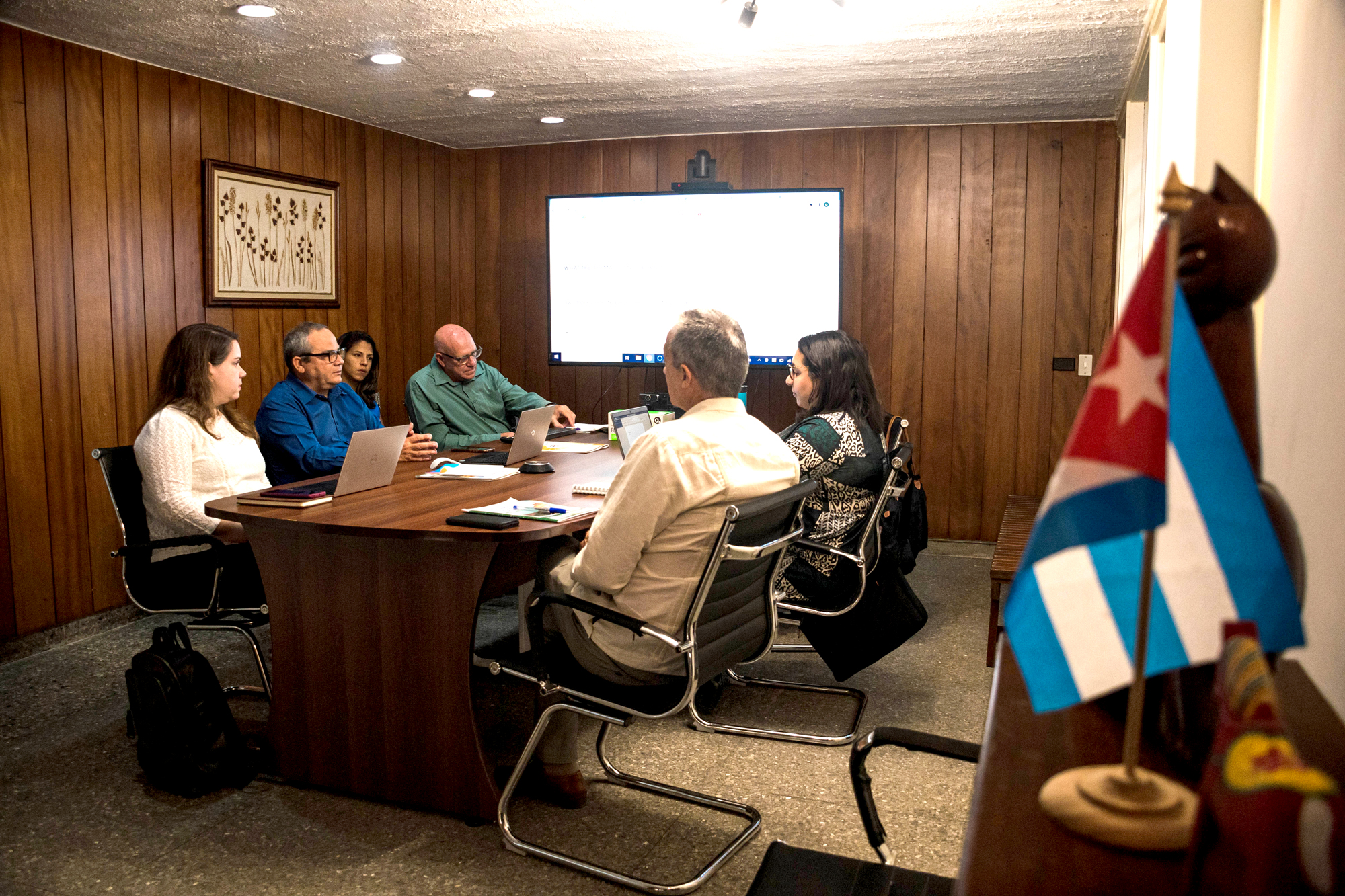
Shaping Our Future: The Building Blocks For Climate Action
Through the Partnership, countries are strengthening their institutional arrangements and building capacities and expertise to navigate all stages of the investment planning process.
Read more
